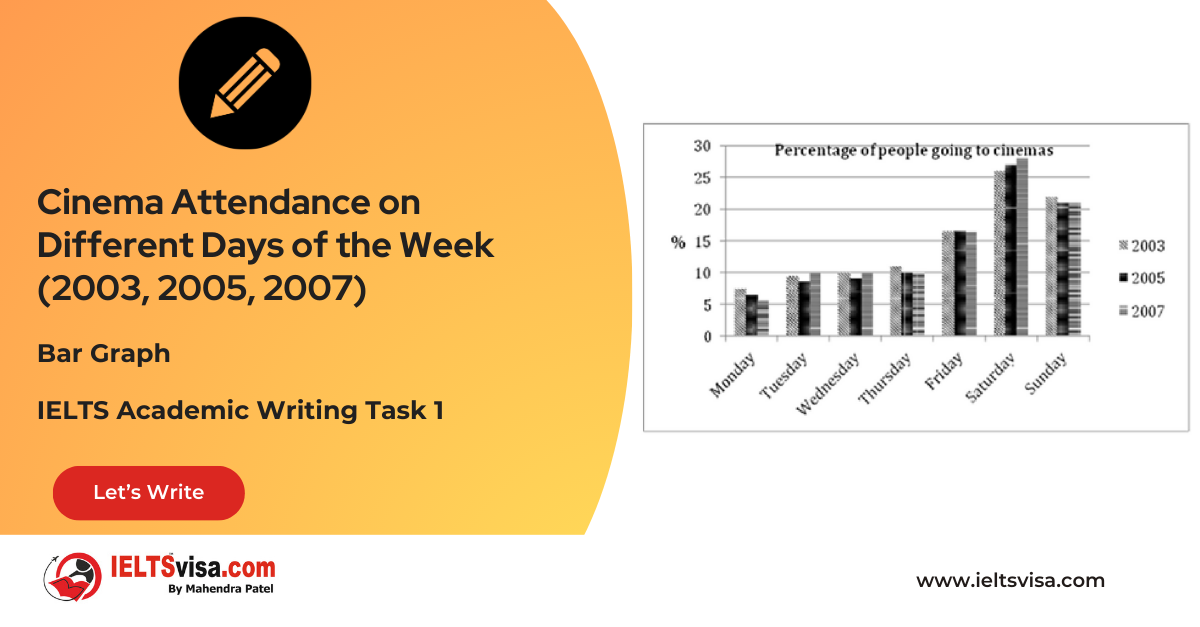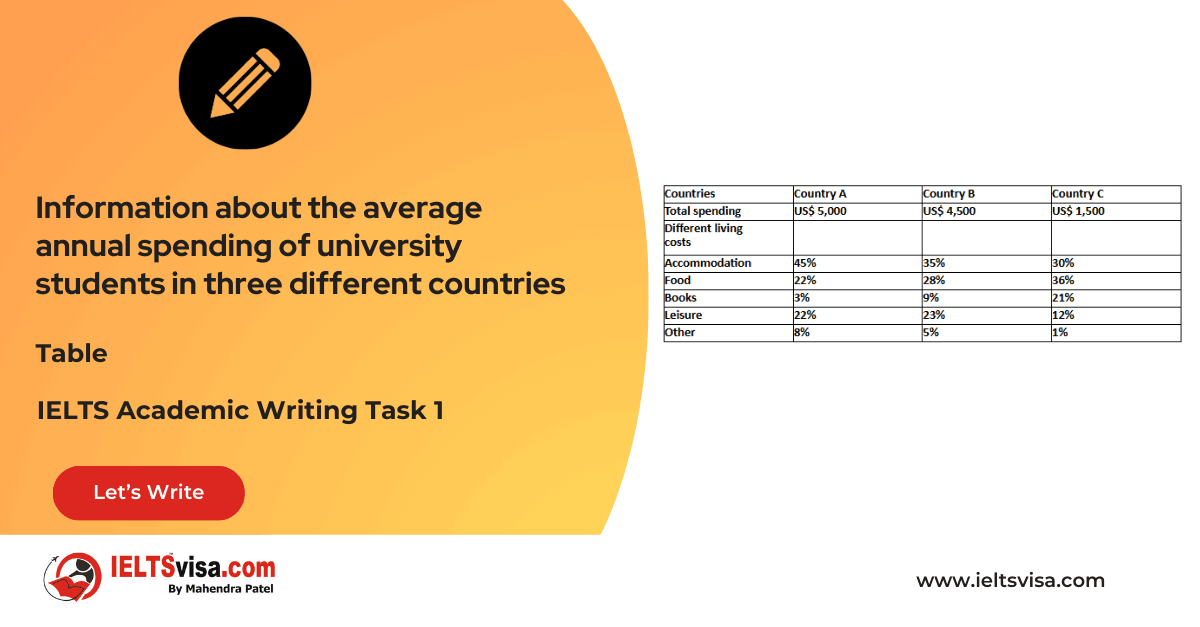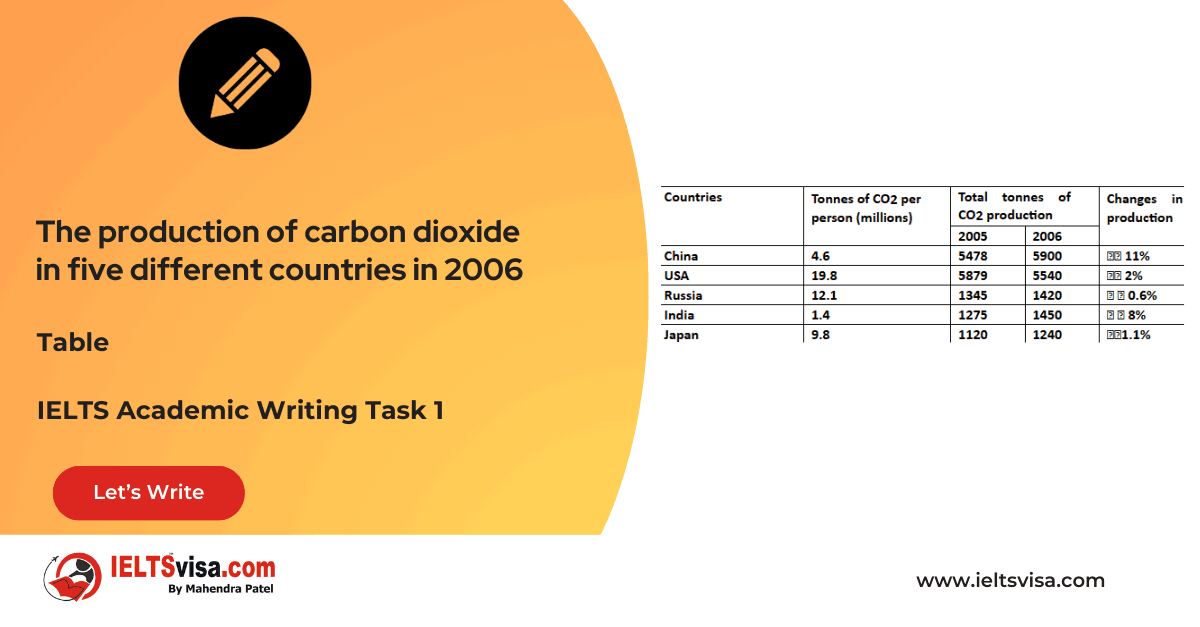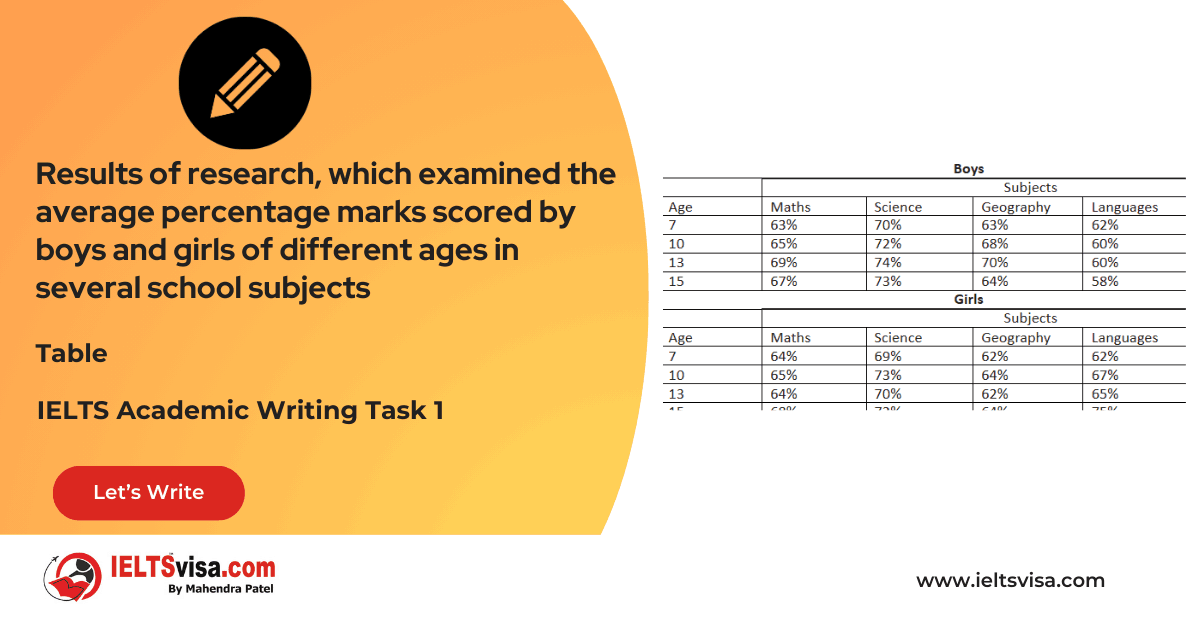Export of Citrus Fruits by Country in 2012
IELTS Academic Writing Task 1 - Combination Bar Graph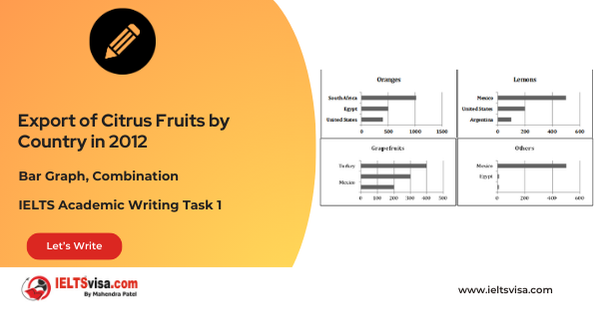
IELTS Writing Task 1 Question
The graphs below show four categories of citrus fruits and the top three countries to which these were exported (in thousand tonnes) in 2012. Summarise the information by selecting and reporting the main features and make comparisons where relevant.
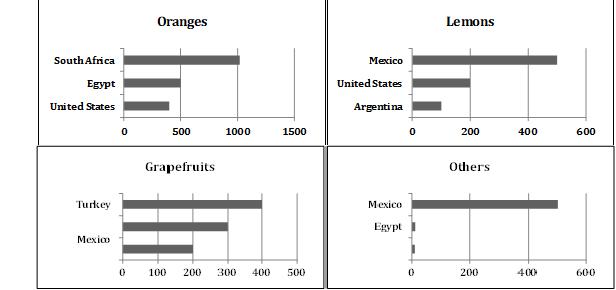
Common Questions for the Combination Bar Graph
1. Graph Type: Bar Charts
2. Title: Export of Citrus Fruits by Country in 2012
3. Units of Measurement: Thousand tonnes
4. Who: Top three importing countries for four types of citrus fruits
5. When: Year 2012
6. Where: Countries importing citrus fruits
7. Topic: Comparison of citrus fruit exports among different countries
Comparison Showing and Trends Any change over time (such as an increase or a decrease) is a trend.
Comparison 1: Oranges
- Details:
1. Oranges were the most exported citrus fruit, with South Africa leading the exports at approximately 1,020 thousand tonnes.
2. Egypt followed with 500 thousand tonnes, while the United States imported the least at 400 thousand tonnes.
Comparison 2: Lemons
-
Details:
1. Lemons were the second most popular category, with Mexico importing the highest amount at 500 thousand tonnes.
2. The USA imported 200 thousand tonnes, while Argentina had the lowest import volume at 100 thousand tonnes.
Comparison 3: Grapefruits
- Details:
1. Grapefruits had a lower import volume compared to oranges and lemons, with Turkey being the largest importer at 500 thousand tonnes.
2. Mexico and the United States imported 400 thousand and 300 thousand tonnes, respectively.
Comparison 4: All Other Citrus Fruits
- Details:
1. Mexico also led in the import of all other citrus fruits, significantly outpacing the other two countries, which had a much smaller share of the total volume.
Sample Answer
The bar charts illustrate the export volumes of four categories of citrus fruits—oranges, lemons, grapefruits, and all other citrus fruits—by the top three importing countries in 2012.
Overall, oranges emerged as the most favoured citrus fruit among the countries listed, and the export quantities of citrus fruits varied significantly among the top importing countries in 2012.
South Africa was the largest exporter of oranges, shipping approximately 1,020 thousand tonnes, followed by Egypt with 500 thousand tonnes and the United States with 400 thousand tonnes. Lemons were the second most imported citrus fruit, with Mexico leading at 500 thousand tonnes, while the USA imported 200 thousand tonnes and Argentina contributed the least with 100 thousand tonnes.
In contrast, grapefruits did not constitute a significant portion of the citrus imports. Turkey was the main importer, receiving 500 thousand tonnes, while Mexico and the United States imported 400 thousand and 300 thousand tonnes, respectively. Additionally, Mexico dominated the import of all other citrus fruits, far exceeding the amounts imported by the other two countries.
Top 29 Vocabularies
| Vocabulary | Type | Meaning | Synonyms | Examples |
|
Illustrate |
Verb |
To explain or make something clear by using examples or visuals |
Demonstrate, depict, show |
“The charts illustrate the export volumes of citrus fruits.” |
|
Export |
Verb |
To send goods to another country for sale |
Ship, send out, trade |
“South Africa exported approximately 1,020 thousand tonnes of oranges.” |
|
Import |
Verb |
To bring goods into a country for sale |
Receive, bring in, acquire |
“Mexico imported the highest amount of lemons at 500 thousand tonnes.” |
|
Proportion |
Noun |
A part or portion of a whole |
Share, fraction, segment |
“Grapefruits constituted a smaller proportion of the imported fruits.” |
|
Volume |
Noun |
The amount of space that a substance or object occupies |
Quantity, amount, bulk |
“The export volume of oranges was significantly higher than that of lemons.” |
|
Category |
Noun |
A group of things sharing a common characteristic |
Class, group, type |
“The charts show the export volumes of four categories of citrus fruits.” |
|
Favoured |
Adjective |
Liked or preferred more than others |
Preferred, chosen, favored |
“Oranges emerged as the most favoured citrus fruit among the countries listed.” |
|
Quantities |
Noun |
The amount or number of something |
Amount, volume, number |
“The export quantities of citrus fruits varied among the top importing countries.” |
|
Significant |
Adjective |
Sufficiently large or important to make a noticeable impact |
Noteworthy, considerable |
“Grapefruits did not constitute a significant portion of the imports.” |
|
Contribute |
Verb |
To give or add something towards a whole |
Provide, supply, donate |
“Argentina contributed the least amount of lemons to the imports.” |
|
Importer |
Noun |
A country or business that buys goods from another country |
Buyer, purchaser |
“Turkey was the main importer of grapefruits.” |
|
Main |
Adjective |
Most important or principal |
Primary, chief, leading |
“Mexico was the main importer of lemons.” |
|
Receive |
Verb |
To get something from another person or place |
Accept, acquire, take |
“Mexico received 400 thousand tonnes of grapefruits.” |
|
Portion |
Noun |
A part or share of a whole |
Part, segment, share |
“Grapefruits constituted a small portion of the citrus imports.” |
|
Far |
Adverb |
To a great degree or extent |
Much, considerably |
“Mexico far exceeded the other two countries in importing all other citrus fruits.” |
|
Shipping |
Noun |
The process of transporting goods |
Delivery, transportation |
“The shipping of oranges from South Africa was the highest.” |
|
Tonnes |
Noun |
A unit of weight equal to 1,000 kilograms |
Kilotons, metric tons |
“South Africa shipped 1,020 thousand tonnes of oranges.” |
|
Lead |
Verb |
To be the principal person or country involved in something |
Direct, guide, dominate |
“Mexico led in the import of lemons in 2012.” |
|
Exceed |
Verb |
To go beyond or surpass a limit |
Surpass, outdo, exceed |
“Mexico exceeded the imports of grapefruits by the United States and Turkey.” |
|
Noteworthy |
Adjective |
Deserving attention or notice |
Remarkable, important |
“The export volumes of grapefruits were noteworthy for their small size.” |
|
Mainly |
Adverb |
To a large degree or extent, predominantly |
Primarily, chiefly |
“The imports of grapefruits were mainly from Turkey.” |
|
Constitute |
Verb |
To make up or form a part of something |
Comprise, make up, form |
“Grapefruits did not constitute a significant portion of the citrus imports.” |
|
Dominated |
Verb |
To have control or the largest share of something |
Controlled, led, prevailed |
“Mexico dominated the import of all other citrus fruits.” |
|
Importing |
Noun |
The act of bringing goods or services into a country |
Bringing in, receiving |
“Mexico was the leading importing country for citrus fruits.” |
|
Varied |
Adjective |
Differed or changed from one thing to another |
Changed, differed, fluctuated |
“The export quantities varied significantly among the countries.” |
|
Top |
Adjective |
Highest in rank, quality, or position |
Leading, best, foremost |
“The top importing countries in 2012 were Mexico, the United States, and Turkey.” |
|
Highest |
Adjective |
The greatest in amount, level, or degree |
Maximum, greatest |
“South Africa had the highest export volume of oranges.” |
|
Contribute |
Verb |
To give or add something towards a whole |
Add, provide, donate |
“Argentina contributed the least amount of lemons to the imports.” |
|
Importantly |
Adverb |
In an important manner |
Significantly, notably |
“Importantly, Mexico led the citrus fruit imports in several categories.” |

Our Books
Master IELTS Speaking Part 1
IELTS Writing Task 1 Book
IELTS Writing Task 2 Book
Practice IELTS Other Modules
IELTS Listening
The IELTS Listening test assesses how well you can understand spoken English in various contexts. It lasts about 30 minutes and is divided into four sections with a total of 40 questions. The listening tasks become increasingly difficult as the test progresses.
IELTS Academic Reading
The IELTS Academic Reading section assesses your ability to understand and interpret a variety of texts in academic settings. It is designed to evaluate a range of reading skills, including skimming for gist, reading for main ideas, reading for detail, understanding inferences, and recognizing a writer's opinions and arguments.
IELTS Speaking
The IELTS Speaking test assesses your ability to communicate in English on everyday topics. It lasts 11-14 minutes and consists of three parts: introduction, cue card, and a discussion based on the cue card topic.
IELTS General Reading
IELTS General Reading tests your ability to understand and interpret various types of texts. Here are some key areas and types of content you can expect to encounter in the reading section, along with tips for effective preparation.
IELTS Academic Writing Task 1
In IELTS Academic Writing Task 1, you are presented with a visual representation of information, such as graphs, charts, tables, or diagrams, and you are required to summarize, compare, or explain the data in your own words.
IELTS General Writing Task 1
In IELTS General Writing Task 1, you are required to write a letter based on a given situation. The letter can be formal, semi-formal, or informal, depending on the prompt. Here’s a breakdown of the key components to include in your letter
IELTS Academic Writing Task 2
In IELTS Academic Writing Task 2, you are required to write an essay in response to a question or topic. Here’s a guide to help you understand the essential elements of this task
IELTS Exam Tips
To succeed in the IELTS exam, practice regularly, familiarize yourself with the test format, improve your vocabulary, develop time management skills, and take mock tests to build confidence.
Grammer for IELTS
Grammar is the foundation of effective communication in English. Understanding tense usage, subject-verb agreement, and sentence structure enhances clarity and coherence in writing and speaking.
Vocabulary for IELTS
Vocabulary plays a crucial role in the IELTS (International English Language Testing System) exam, especially in the Speaking and Writing sections. Here’s an overview of why vocabulary is important and how it impacts your performance
RECENT IELTS SAMPLES QUESTIONS AND ANSWERS
Comparison of Males Preferring Watching vs. Participating in Sports
20:00 Start Pause Stop [df_adh_heading title_infix="IELTS Writing Task 1 Question" use_divider="on"...
Task 1 – Line-Bar – The total volume of telephone calls (in million minutes) in Denmark, divided into three categories, from 1995- 2004
20:00 Start Pause Stop [df_adh_heading title_infix="IELTS Writing Task 1 Question" use_divider="on"...
Task 1 – Table – Information about the average annual spending of university students in three different countries
20:00 Start Pause Stop [df_adh_heading title_infix="IELTS Writing Task 1 Question" use_divider="on"...
Task 1 – Table -The production of carbon dioxide in five different countries in 2006
20:00 Start Pause Stop [df_adh_heading title_infix="IELTS Writing Task 1 Question" use_divider="on"...
Task 1 – Table – Results of research, which examined the average percentage marks scored by boys and girls of different ages in several school subjects
20:00 Start Pause Stop [df_adh_heading title_infix="IELTS Writing Task 1 Question" use_divider="on"...
Task 1 – Diagram – The structure of a home smokery and how it works
20:00 Start Pause Stop [df_adh_heading title_infix="IELTS Writing Task 1 Question" use_divider="on"...

